Energy from a landfillDrilling for methane
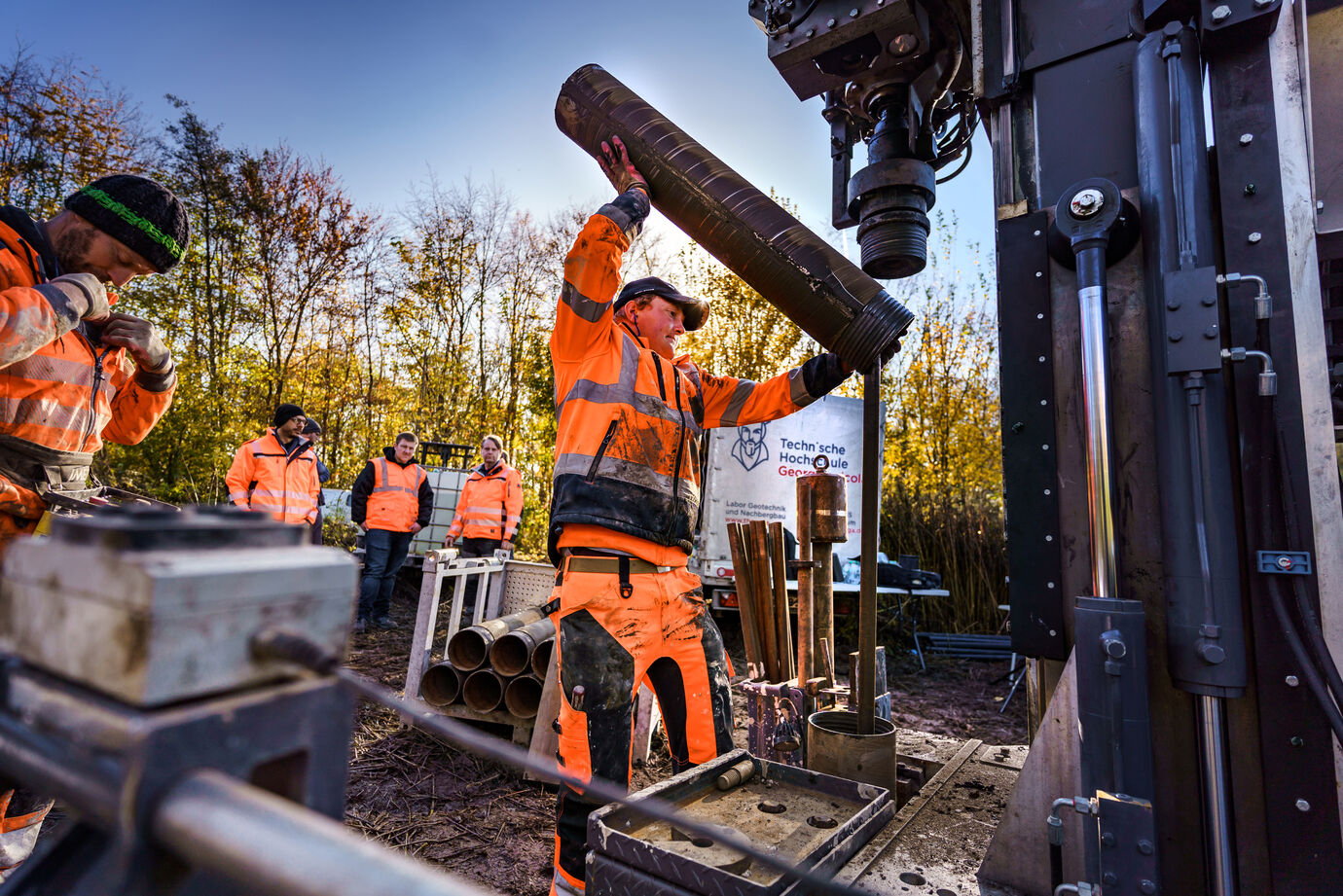
Methane is one of the most potent greenhouse gases, far more damaging to the climate than carbon dioxide. But it is also a highly energetic gas and a component of natural gas and biogas, so it can be an important source of electricity and heat generation. Methane is a digester gas that is produced when the organic matter in old, long-closed landfills of domestic waste decomposes in the absence of oxygen. Geo-engineer and THGA professor Prof. Dr. Frank Otto and lecturer Dipl.-Chem. Jürgen Kanitz have set themselves the task of putting this methane to energy use. The old landfill at Baroper Straße in Bochum will serve them as a research object in the future.
Energy from waste
The old landfill of the same name stretches around Baroper Straße in the Langendreer district of Bochum. When the landfill was closed and covered with topsoil in the 1970s, the organic contents inside began to decompose. Near the surface, where oxygen still reaches the organic waste, oxygen-loving aerobic bacteria convert the organic matter into carbon dioxide and heat. This heat, in turn, is used by the anaerobic bacteria - which therefore do not need oxygen for their metabolism - in deeper layers to break down the organic content of the landfills: thus, landfill gas is produced.
Too slow fermentation
For decades, it was assumed that organic matter in landfills would be completely converted after 30-40 years. In fact, boreholes in landfill bodies show that a large part of the organic matter once stored has not decomposed yet. According to Professor Dr. Otto's calculations, the decomposition process in a landfill the size of Baroper Straße is likely to last another 260 years under "natural" conditions. This makes the landfill one of about 4,000 closed old landfills in Germany in which the stored organic waste is still active, but the landfill gas is produced quite ineffectively and also escapes steadily into the atmosphere.
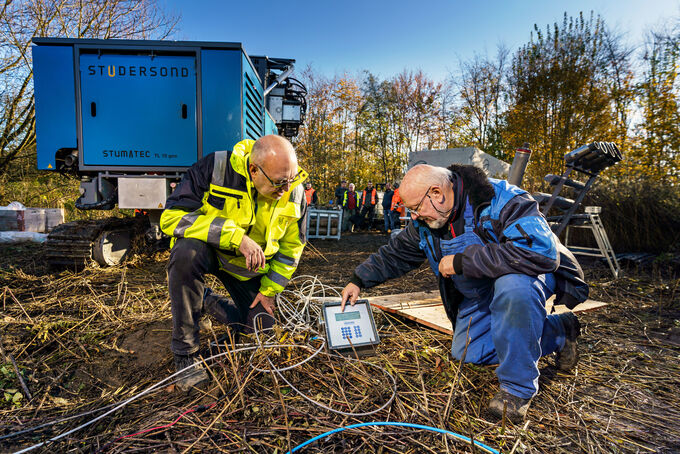
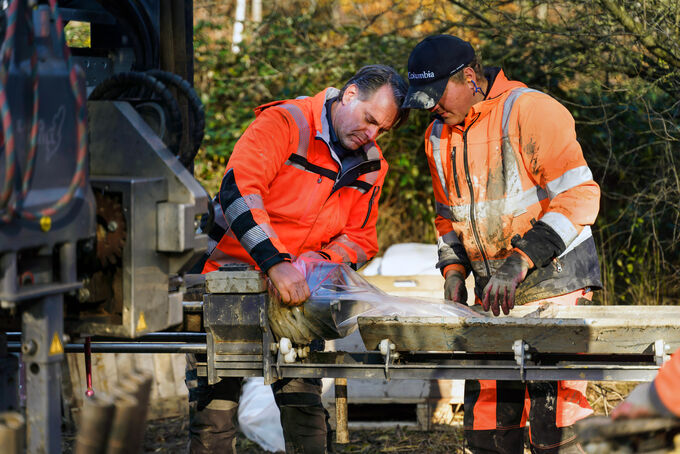
Winning landfill gas
Extracting landfill gas from old rubbish dumps and using it for energy is not far-fetched. In any case, almost all old landfills are sucked up by gas wells to protect the surrounding area from the toxic and explosive gas, especially the cellars of nearby residential areas, as in the case of Baroper Straße. Above all, this consumes a lot of expensive electricity. The difficulty lies not in extracting the gas in general, but in accelerating and improving the conversion process to extract constant quantities of landfill gas. But Prof. Dr. Otto and his colleagues have found some solutions which allow not only to rehabilitate old gas well plants, but also to operate future plants permanently and thus prevent methane diffusion.
Baroper Straße: a research landfill
The scientists' method sounds relatively simple: instead of continuously slotted pipes, a pipe is inserted into the well that is closed almost to the bottom end and filtered only in the lower part. The individual gas wells are regularly distributed over the landfill. Thus, the oxygen is drawn evenly into the landfill, and the organic matter is not funnelled around the well, but decomposed from top to bottom as envisaged in the laboratory.
Ideally, several extraction wells should be set up to optimally extract the landfill gas, which is then converted into electricity and heat. The scientists assume that this could put 350 to 500 conventional baking ovens into continuous operation. Because heat is also generated to e.g. heat about 20 single-family homes even in harsh winters, the economic benefit is obvious.
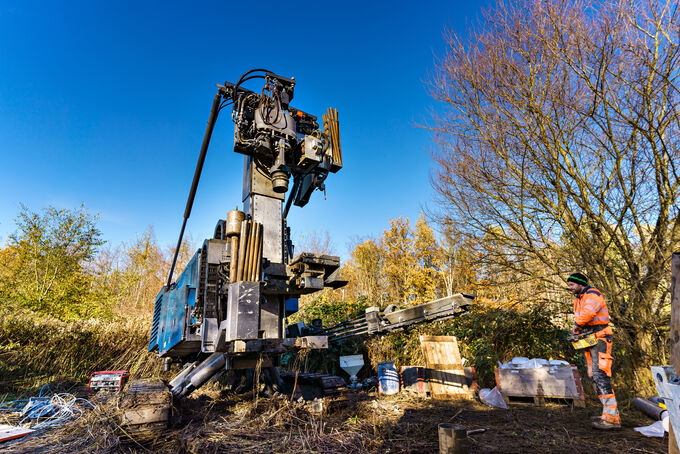
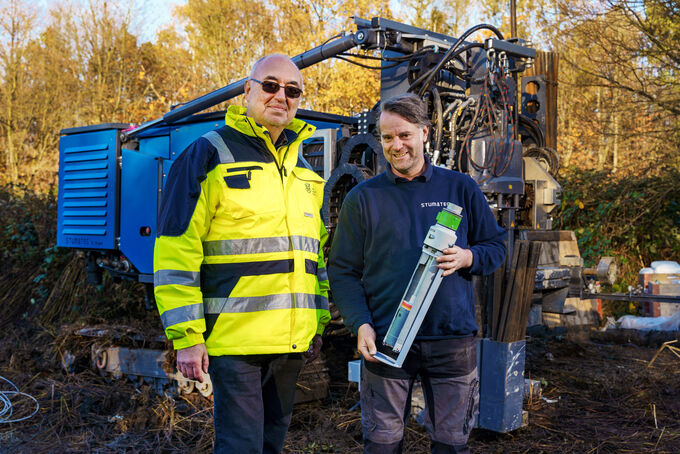
Contact
Prof. Dr. rer. nat. Frank Otto Professor of Geo-Engineering
- Frank.Otto@thga.de
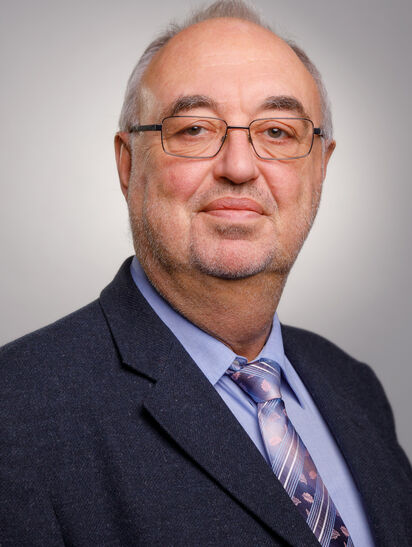
Jürgen Kanitz Lecturer in Geo-Engineering
- Juergen.Kanitz@thga.de
